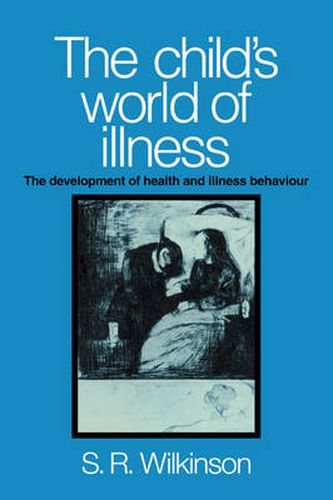Readings Newsletter
Become a Readings Member to make your shopping experience even easier.
Sign in or sign up for free!
You’re not far away from qualifying for FREE standard shipping within Australia
You’ve qualified for FREE standard shipping within Australia
The cart is loading…






How do I decide I am ill; how do I decide that my children are ill? How do I learn effective ways of conveying to others that I am ill? This book discusses the languages of illness which we use to present our discomforts to others through an exploration of the child’s world of illness. It looks at how illness concepts are introduced to children, how the causes of illness and ‘germ’ rationales are incorporated into the socialisation of children, and how a particular morality about health and illness is expressed. Besides the analysis of the social context within which the children’s views are developing, the book presents the children’s own views from three years old up to thirteen. How we talk about illness can have as important consequences as the methods we use to cure it. This book persuades the reader to look more closely at the language of illness, allowing a reappraisal to medical practice, school health programmes and class teaching, health education and even the differences in health between the social classes. In this way it forges a link between physical medicine and psychotherapy, providing the developmental perspective of illness behaviour which has long been lacking.
$9.00 standard shipping within Australia
FREE standard shipping within Australia for orders over $100.00
Express & International shipping calculated at checkout
How do I decide I am ill; how do I decide that my children are ill? How do I learn effective ways of conveying to others that I am ill? This book discusses the languages of illness which we use to present our discomforts to others through an exploration of the child’s world of illness. It looks at how illness concepts are introduced to children, how the causes of illness and ‘germ’ rationales are incorporated into the socialisation of children, and how a particular morality about health and illness is expressed. Besides the analysis of the social context within which the children’s views are developing, the book presents the children’s own views from three years old up to thirteen. How we talk about illness can have as important consequences as the methods we use to cure it. This book persuades the reader to look more closely at the language of illness, allowing a reappraisal to medical practice, school health programmes and class teaching, health education and even the differences in health between the social classes. In this way it forges a link between physical medicine and psychotherapy, providing the developmental perspective of illness behaviour which has long been lacking.